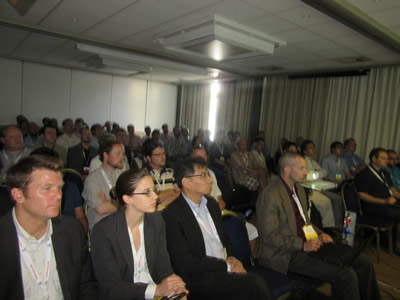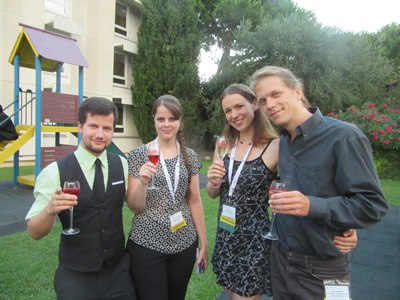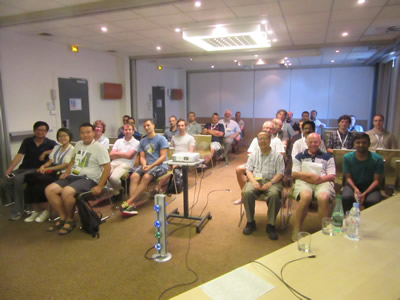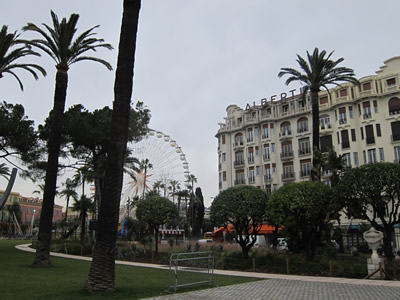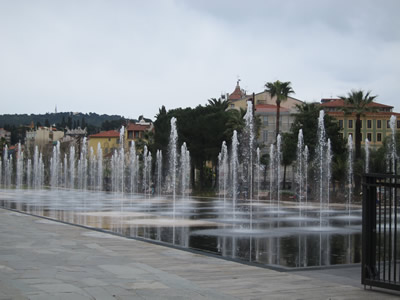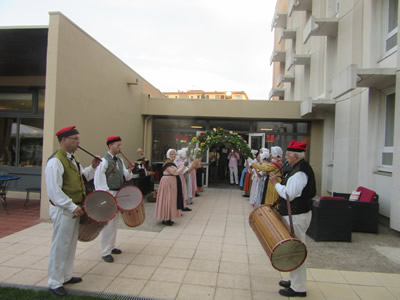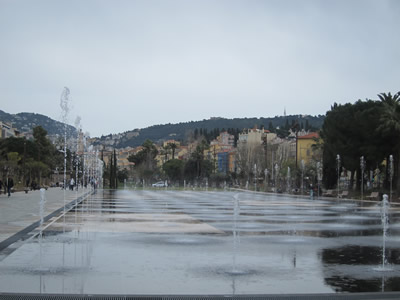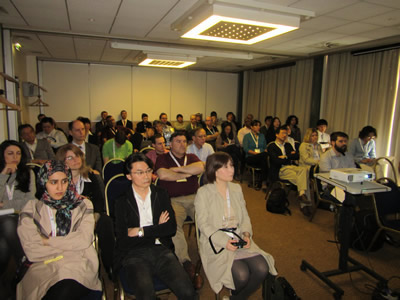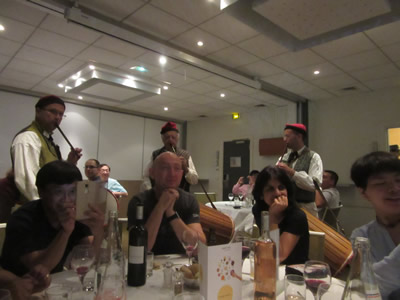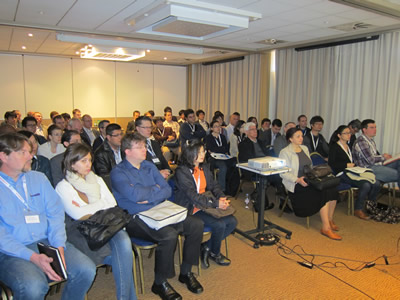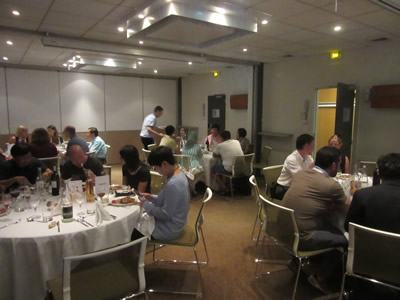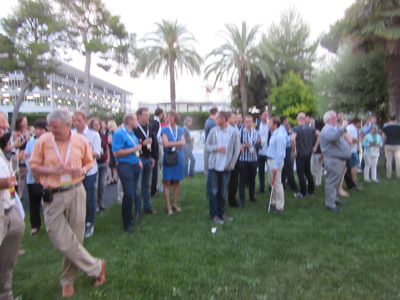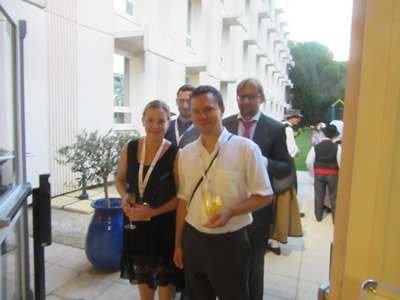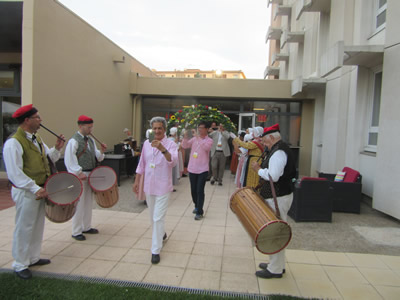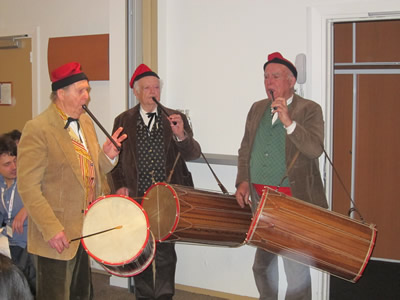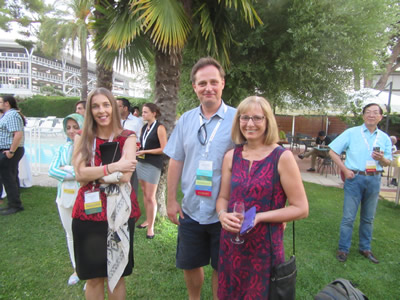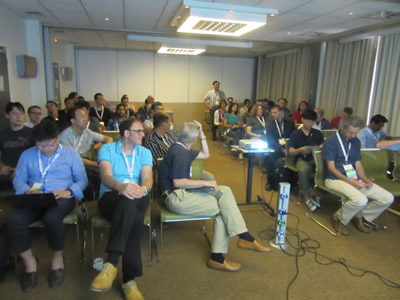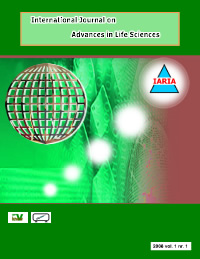GREEN 2019 - The Fourth International Conference on Green Communications, Computing and Technologies
October 27, 2019 - October 31, 2019
GREEN 2019: Tutorials
T1. The Role of Distributed Wireless Sensor Network Systems in Industrial Automation Case Study: Hydraulic Fracturing for Pre-conditioning of Underground Mines
Dr. Amirali Soroush, Research Scientist, Commonwealth Scientific and Industrial Research Organisation (CSIRO), Australia
Distributed Wireless Sensor Network (DWSN) systems are growing rapidly and being used extensively in various such as environmental monitoring, agriculture, urban monitoring and structural health monitoring as a viable solution for monitoring various parameters of interest, such as pressure, temperature, humidity, strain, and acceleration in real-time and for long periods. The evolution of open source platforms for hardware and software development, along with the commercialization of modular low-cost and low-power electronics for data logging, processing, and wireless communication has provided developers with the opportunity for rapid prototyping and implementation of DWSNs for scientific, industrial and commercial applications.
Hydraulic fracturing refers to the process of injecting pressurized fluid into a wellbore with the intention to create new fractures in the deep rock formations and/or increase the size, extent, and connectivity of existing fractures. The process can be applied in the mining industry, particularly to the underground long-wall and block-cave mines, to induce predictable rock caving within excavation cavities. Hydraulic fracturing treatments are usually applied to the undisturbed rock or ore-body in advance of the mining operation as a method to pre-weaken or pre-condition the rock for improved operation productivity and safety during resource extraction.
Over the past two decades, CSIRO’s Hydraulic Fracturing team has designed and manufactured a complete set of hydraulic fracturing equipment. The complete hydraulic fracturing system designed by the team has been deployed to various research and commercial projects both nationally and internationally, with the revenue of these projects in excess of AUD $8M over the past four years. This tutorial will summarise the effort carried out over the past three years to automate the placement and monitoring of the hydraulic fracturing operation through a series of research and technology development in instrumentation, sensor development, wireless sensing technology, as well as data management. The lecture will also outline how these technologies have significantly reduced the operational & maintenance costs of the field projects, increased the safety of on-site staff, and enhanced the quality of the recorded data.
T2. Cyber Security in Industrial Environments
Steffen Fries, Siemens AG, Germany
Cyber security is a quality of service feature that needs to be obeyed when designing and operating systems. In this respect the tutorial will provide insights into existing examples of security requirements posed specifically to critical infrastructure environments and their consideration in the product design and also in the system operation and maintenance. Moreover, it will also provide technical insights into selected underlying topics, such as the credential management necessary to operate systems securely.
T3. An Anatomy of a Green Society
Prof. Dr. Petre Dini, IARIA, USA
details
T4. Effective Course Projects for Teaching Distributed-application Design and Implementation
Prof. Dr. Stephen Clyde, Utah State University, USA
details




